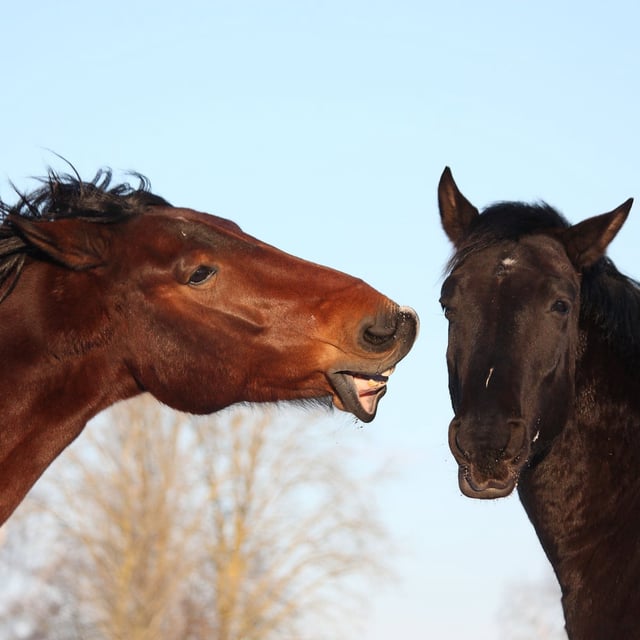Overview
- Researchers applied the Equine Facial Action Coding System to 72 hours of footage of 36 domestic horses and catalogued 805 distinct facial displays linked to 22 behaviors.
- Analysis separated interactions into friendly, playful, aggressive and attentional contexts based on cues such as ear orientation, nostril dilation, lip posture and head position.
- A previously undocumented action unit involving the platysma muscle, designated AUH21, was identified and may enhance cross-species comparisons of facial communication.
- Play ‘faces’ featuring depressed lower lips, raised chins and wide-open mouths resemble similar gestures in primates and carnivores, pointing to an evolutionary basis for play signals.
- The framework offers trainers, handlers and veterinarians objective markers to decode horse emotions and improve welfare, training and clinical care.
